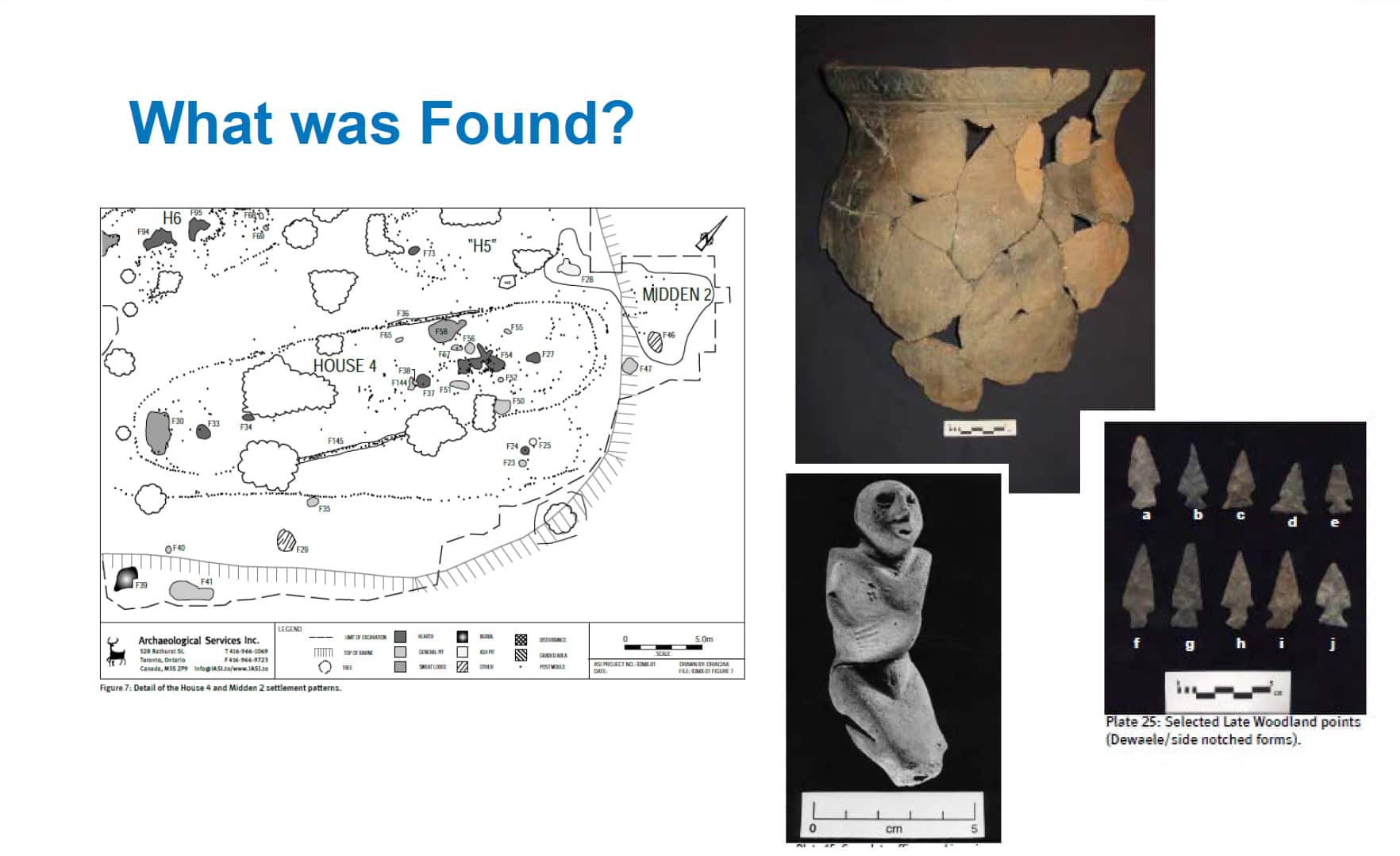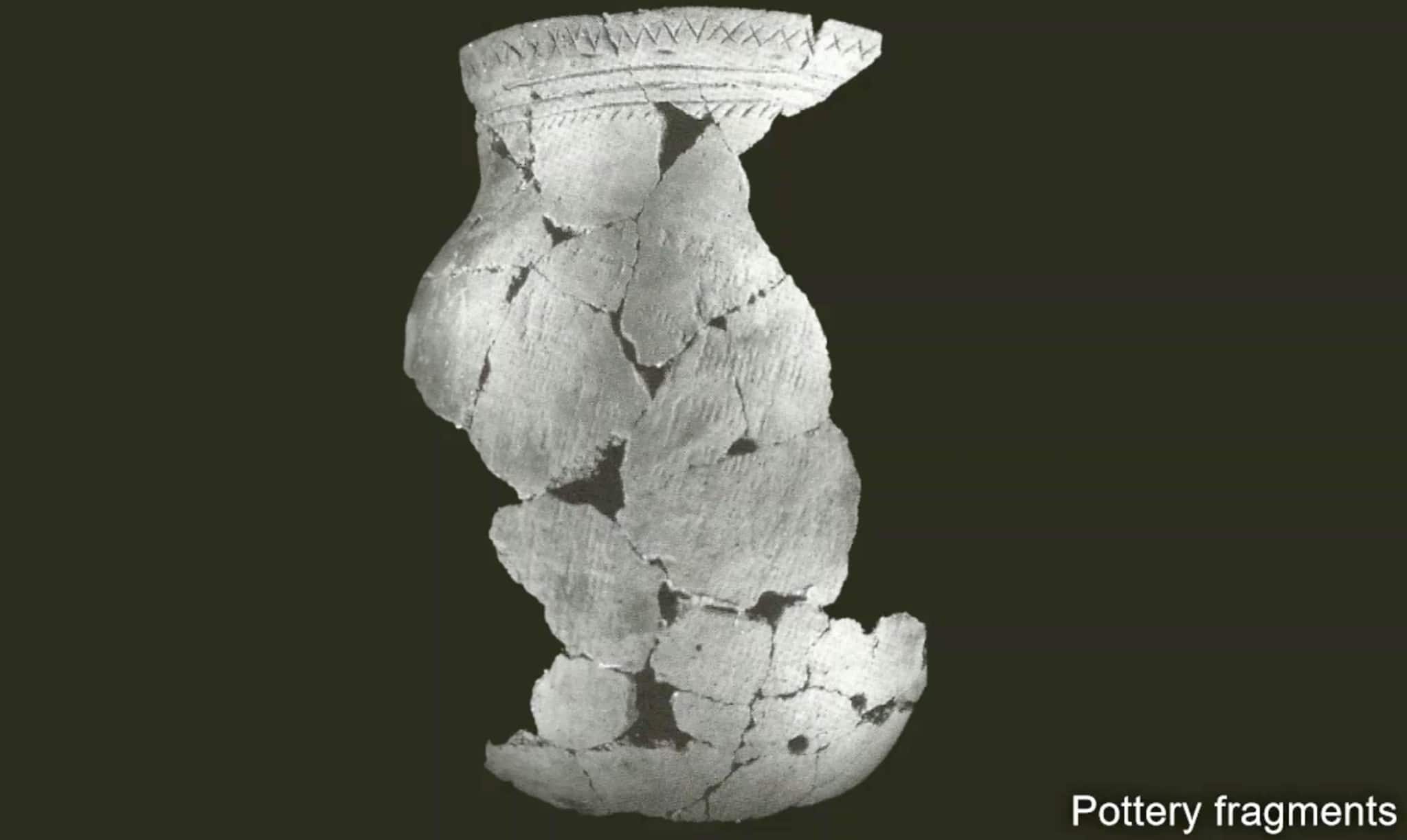Indigenous village was once home to hundreds of people in Mississauga
Published September 26, 2023 at 2:36 pm

A large Indigenous village, once home to several hundred people, was found and then forgotten in Mississauga.
The remnants of the village, which was occupied around 700 to 800 years ago, were found in the early 1990s while creating a subdivision that included the former Grand Highland Golf Course, between Hurontario Street and Highway 403 in Mississauga, according to Heritage Mississauga and the City of Mississauga.
The people who lived in the village were the ancestors of the present-day Huron-Wendat, Wyandot and Haudenosaunee communities, and it is understood that Anishinaabe peoples often visited and resided in these villages. However, evidence of this occupation was not documented during the archaeological excavations.
Anywhere from 400 to 800 people lived on the site for about 20 to 40 years, said John Dunlop, City of Mississauga manager of Heritage Planning and Indigenous Relations, in an online talk with Heritage Mississauga.

The village had around six to nine longhouses surrounded by a palisade and agricultural fields, said Dunlop.
“This is the city before the city,” said Dunlop.
There were over 40,000 artifacts found and two middens (waste dumps).
This village would have been home to farming families. It was a community with gathering areas, cooking, craft and art making and ceremony spaces.
“There would have been spaces to play games,” Dunlop said.
But at one point, it was abandoned.

The village was discovered in the process of creating a housing development. An archaeological team from ASI Heritage, along with UTM teams, excavated the site, known as Antrex Archaeological Site, from 1992 to 1994. Then, the site was forgotten by most people.
But in recent years, after the Truth and Reconciliation Commission released its 94 calls to action, more has been done to commemorate such sites.
The site also came to the forefront after the city bought the Grand Highland Golf Course to convert into a public park in 2021. The golf course was not built on top of the old village but right beside it, Dunlop said.
One of the ways the City of Mississauga is addressing reconciliation is by reversing the erasure of Indigenous history, said Dunlop.
“How can we express this history, how can we make sure that people today in Mississauga don’t forget who were the original inhabitants of this land,” he said.
The city is consulting with Indigenous communities on how to commemorate the site.

There are examples of reconstructed Indigenous villages, Dunlop said. But the city is looking to see what is relevant today and how they can help residents learn the history of the city, Dunlop said.
The councillor for the area, Carolyn Parrish, brought a motion to council to commemorate the village in February 2022. Parrish said Dunlop brought the information to her.
Parrish wanted to ensure something beyond a small plaque was placed in the park at the base of the hill.
“This is an amazing opportunity,” Parrish said at the meeting in 2022.
Staff are currently in the pre-planning phase, gathering pre-engineering, environmental and infrastructure conditions, with redevelopment plans starting in 2024, a spokesperson told insauga.com.
The details surrounding commemorations have not yet been determined, the spokesperson added.
The council report and resolution on the site can be found here.
The Heritage Mississauga feature on the site is here.
INsauga's Editorial Standards and Policies